Apple CEO Tim Cook Declares "AI Is Ours To Grab"
In the rapidly evolving landscape of artificial intelligence, no company commands more attention than Apple. Recently, Apple CEO Tim Cook delivered a rare and impassioned company-wide address, underscoring the transformative potential of AI and signaling a major strategic pivot within the tech giant’s operations. This blog post, inspired by insights from The AI Daily Brief, dives deep into Cook’s declarations, Apple’s AI ambitions, and the broader competitive dynamics shaping AI development today—including the fierce battles between leading AI firms and the ongoing talent wars in the industry.
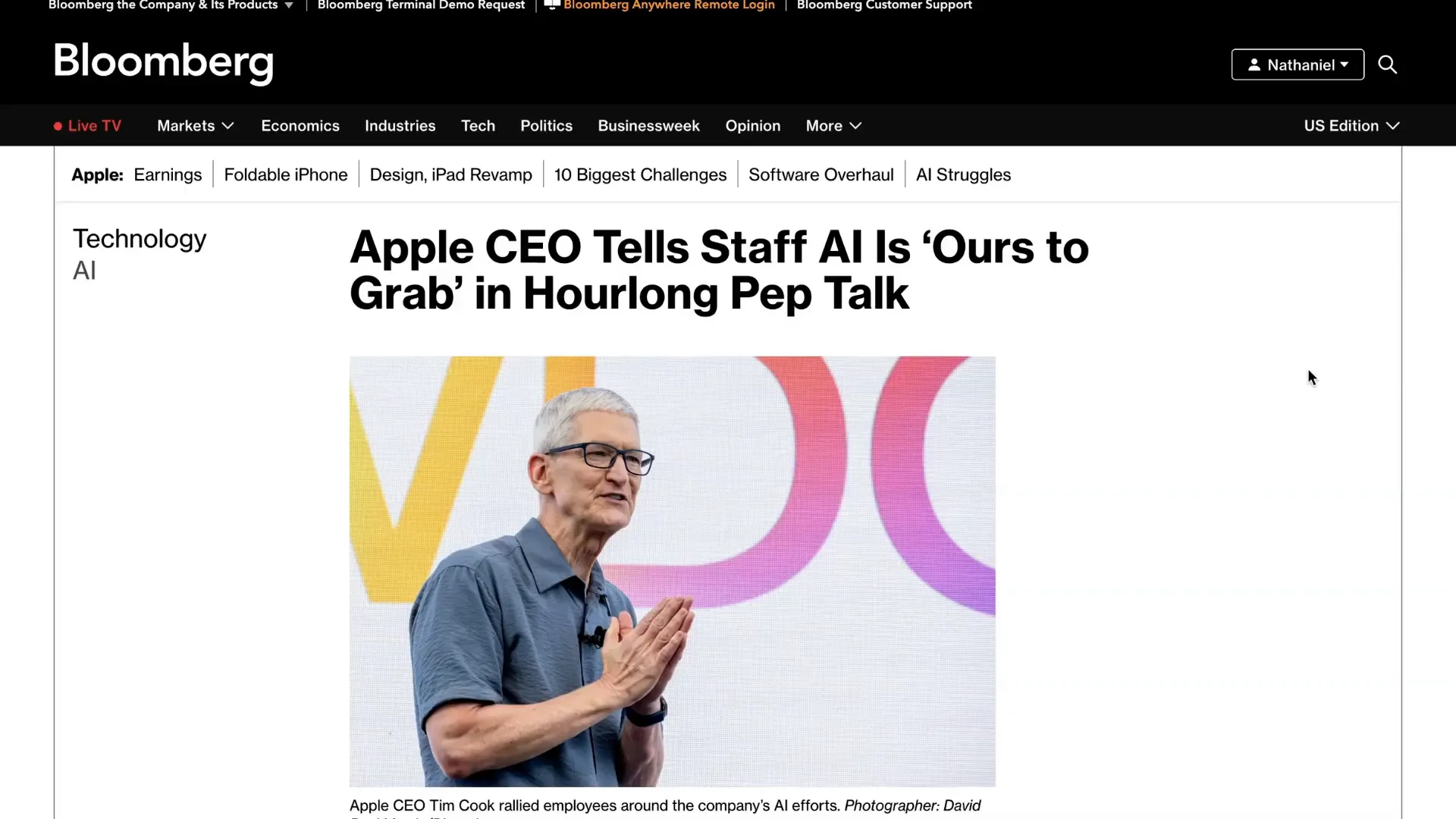
Apple’s AI Awakening: A Rare Company-Wide Pep Talk
Following a recent earnings call that left some investors wanting more clarity on Apple’s AI strategy, Tim Cook stepped up with an unprecedented move—a physical, hour-long meeting with Apple’s entire staff. This is not a routine event for Apple, a company known for its culture of secrecy and selectivity in communication. Cook’s message was clear and urgent: artificial intelligence is not just another tech trend, but one of the most profound technological shifts of our lifetime.
Cook emphasized that AI is as big or even bigger than the internet, cloud computing, smartphones, and apps. He stated emphatically:
“Apple must do this. Apple will do this. This is sort of ours to grab.”
To meet this challenge, Apple is significantly ramping up investments and reallocating personnel to focus on AI features across the company. This strategic commitment signals a recognition that AI will be foundational to Apple’s future products and services, including the highly anticipated foldable iPhone, smart home devices, smart glasses, and even robotics.
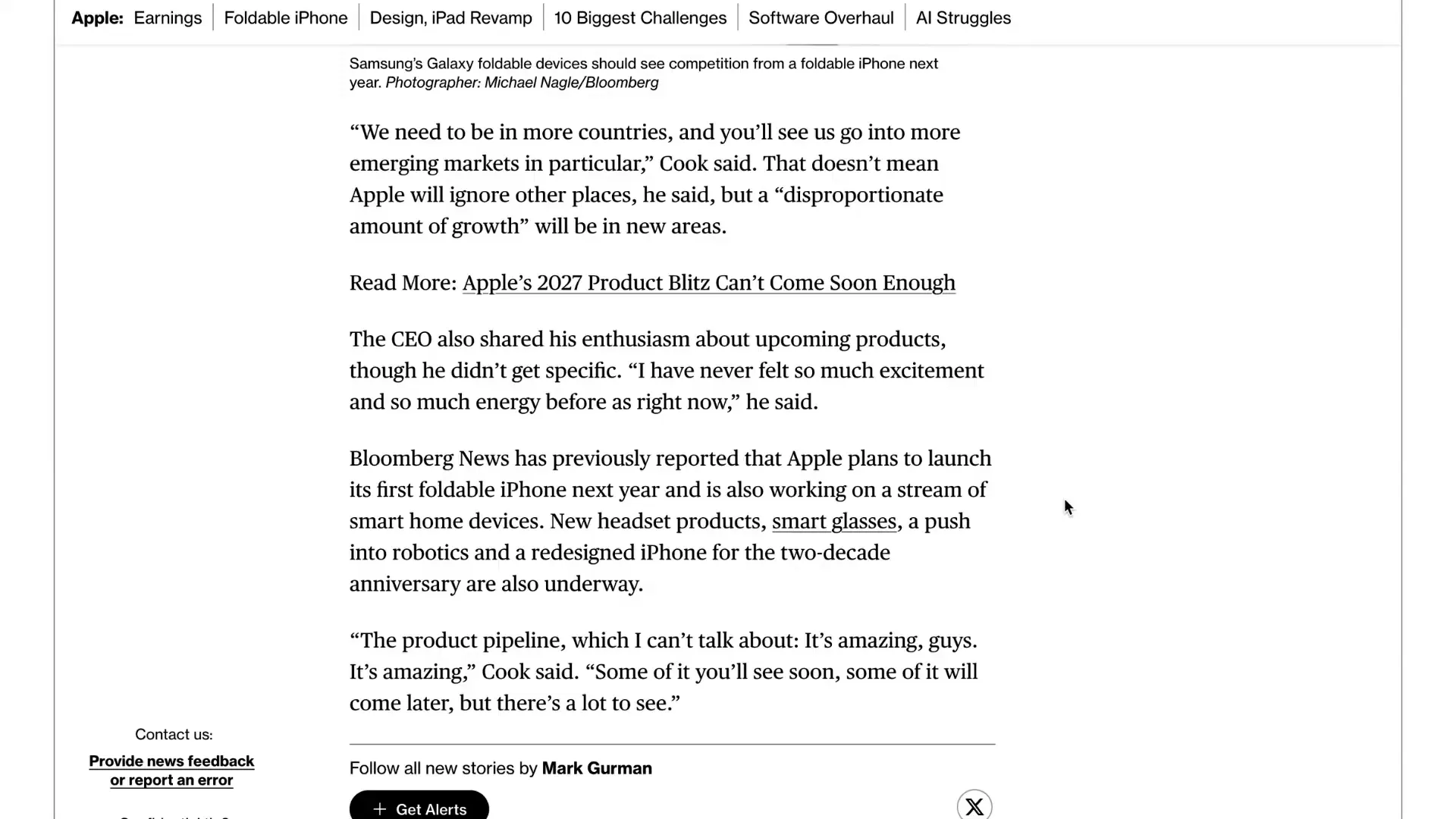
The Mythos of Apple and the Challenge of AI
Cook drew parallels to Apple’s history of entering markets where it wasn’t first, but ultimately redefining the user experience. “There was a PC before the Mac, a smartphone before the iPhone, many tablets before the iPad, and MP3 players before the iPod,” he noted. Yet Apple’s innovation lay in creating the modern versions of these products, revolutionizing how people interact with technology.
However, the AI landscape is different. Generative AI, despite its relatively short public history, is already far more mature than many of these earlier markets were when Apple first entered them. This raises questions about whether Apple’s traditional approach of refining user experience alone will be sufficient to “grab” this AI moment.
Success in AI requires more than pep talks and internal motivation. It will demand either the most intensive research and development effort in tech history or aggressive acquisition of AI startups and talent. Cook’s speech, while inspiring, hints at a monumental challenge ahead.
Reinventing Siri: Apple’s AI-First Infrastructure
One of the clearest indicators of Apple’s AI hurdles is the state of Siri, its voice assistant. Siri has long been a symbol of Apple’s AI struggles, often lagging behind competitors in natural language understanding and responsiveness.
Craig Federighi, Apple’s Senior Vice President of Software Engineering, shed light on the company’s new approach. The original plan was to augment Siri with AI features on top of existing infrastructure—a hybrid model. But this approach proved inadequate for achieving the level of quality Apple demands.
“We realized that approach wasn’t going to get us to Apple quality,” Federighi explained.
Instead, Apple is now rebuilding Siri from the ground up with an “AI-first infrastructure.” This end-to-end overhaul has already delivered promising results, positioning Apple to roll out a much larger upgrade than initially anticipated. Federighi emphasized that there is no project within Apple being taken more seriously than this Siri revamp.
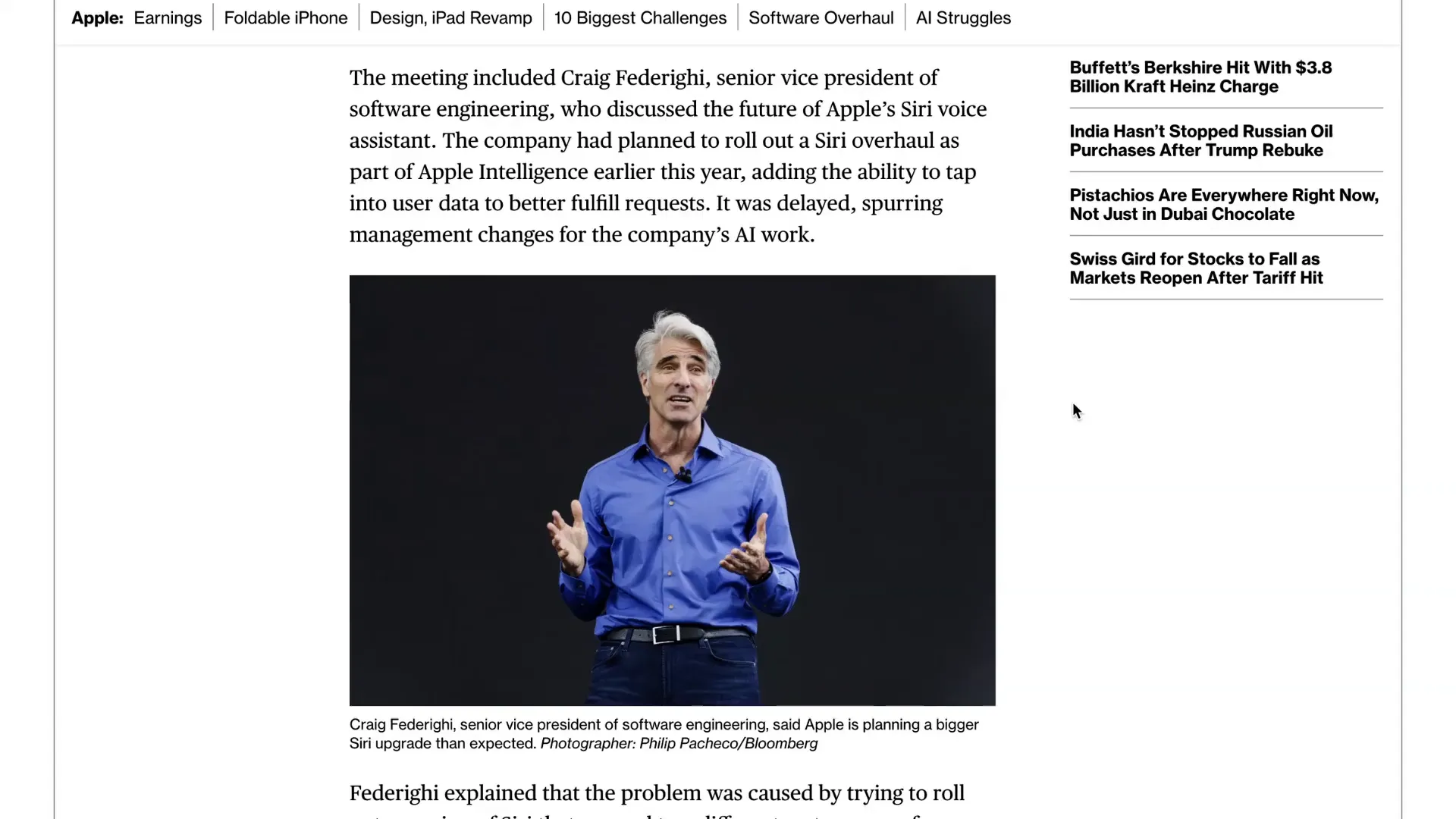
The Fierce AI Model Wars: OpenAI vs. Anthropic
Apple’s AI ambitions unfold against a backdrop of intense competition among AI companies. The latest skirmish in the so-called “model wars” involves Anthropic and OpenAI, two leading AI research firms battling over model access and development.
Anthropic recently cut off OpenAI’s access to its Claude models, citing violations of terms of service. OpenAI’s technical staff reportedly used Anthropic’s Cloud Code API extensively ahead of GPT-5’s launch, which Anthropic deemed a breach. OpenAI maintains that its use was limited to benchmarking and safety testing—standard industry practices—but Anthropic’s response underscores the high-stakes environment where even collaboration is fraught with suspicion.
Sam McAllister from Anthropic stated:
“We cut OpenAI’s access for violating our API terms and for the heavy usage of Cloud Code among OAI tech staff. We’re going to continue providing API access for safety evals and benchmarking. That’s important to us.”
This incident is not isolated. In recent months, Salesforce restricted competitors’ access to Slack APIs, and Anthropic cut API access to the AI coding startup Windsurf amidst acquisition rumors. These moves reflect an emerging trend of AI companies closing ranks and limiting inter-company API access to protect competitive advantages.
Implications for AI Development and Open Source
The fierce protectionism in the U.S. AI industry contrasts sharply with the open-source ethos prevalent among Chinese AI companies, who share models and code more freely. This divergence has sparked debates about the future of AI leadership globally.
One commentator, ZoomieZoomer, observed:
“While Anthropic is in a civil war with OpenAI, the Chinese AI companies are openly sharing everything open source. The USA has lost the AI lead. Closed models will never win long term.”
Others see the competition as a dramatic, almost theatrical showdown, with massive financial stakes and rapid innovation driving the fight for dominance. The outcome will shape not only AI technology but also how AI is integrated into products—from enterprise coding tools to consumer applications.
AI Agents For Recruiters, By Recruiters |
|
Supercharge Your Business |
| Learn More |
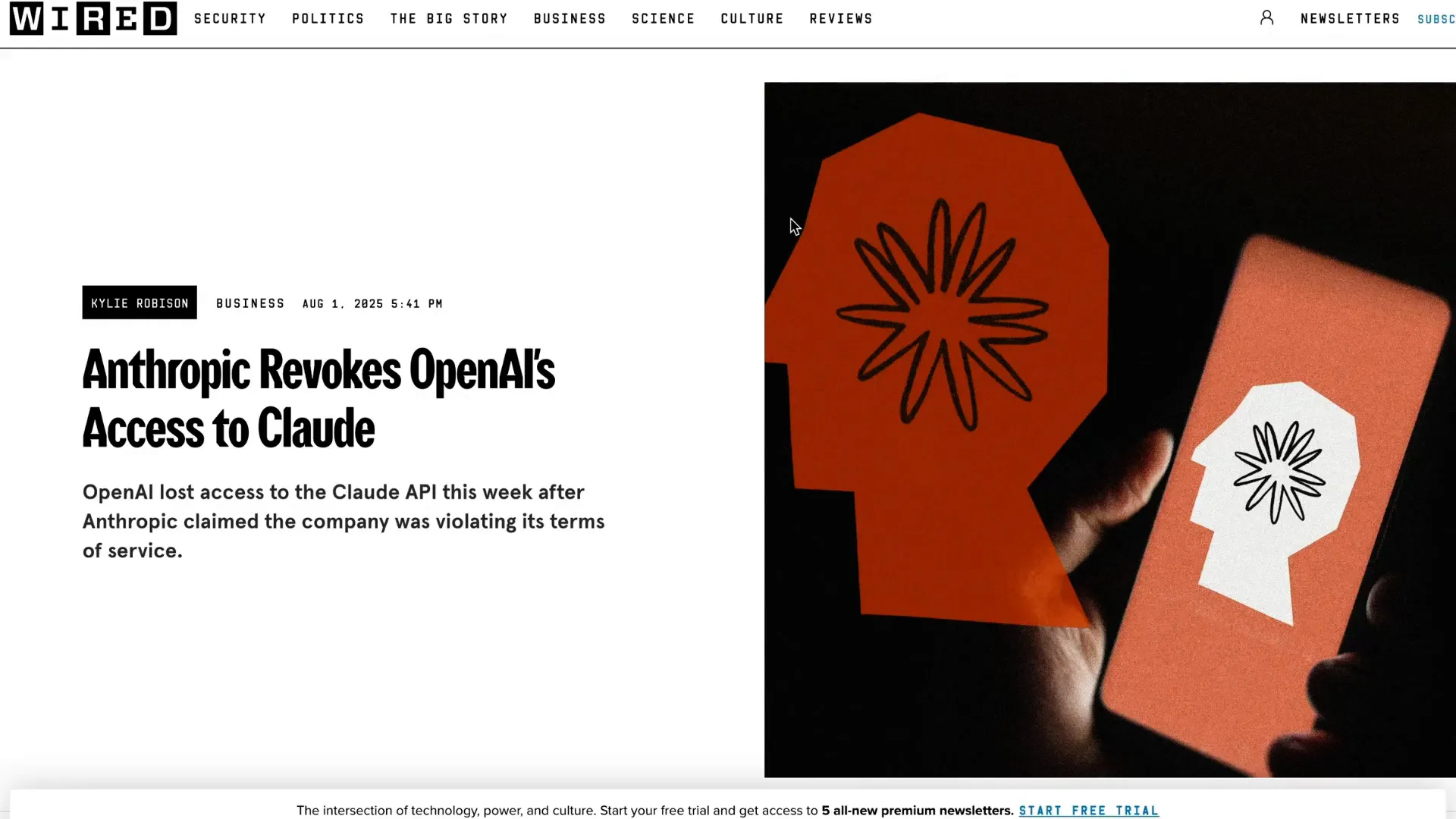
The Billion-Dollar Talent Wars: Meta’s Pursuit of AI Researchers
Another front in the AI battle is the ongoing war for talent. Meta, under Mark Zuckerberg, has aggressively pursued top AI researchers, including attempts to acquire entire teams and lure individuals with staggering compensation packages.
The Wall Street Journal revealed that Zuckerberg once offered Andrew Tullock—a cofounder of Miramarati’s Thinking Machines Lab and a key contributor to OpenAI’s reasoning models—a package potentially worth $1.5 billion over six years. When the acquisition attempt failed, Meta reportedly targeted a dozen staff members for recruitment.
Meta denied the specifics of these reports, calling the compensation figures “inaccurate and ridiculous.” Nonetheless, the story highlights the extraordinary lengths companies will go to secure AI expertise.
Why Some Researchers Are Choosing to Stay
Despite the lucrative offers, several OpenAI researchers have declined Meta’s advances. According to unnamed sources, their reasons include:
- A belief that OpenAI is closer to achieving artificial general intelligence (AGI).
- A preference for working at a smaller, more focused company.
- Reluctance to have their work used primarily for advertising-driven products, such as Instagram Reels.
This last point has resonated widely in AI circles, fueling skepticism about Meta’s AI vision. While Zuckerberg talks about “personal superintelligence,” many perceive his efforts as primarily aimed at enhancing social media engagement and advertising revenue, which may not align with the ambitions of leading AI researchers.
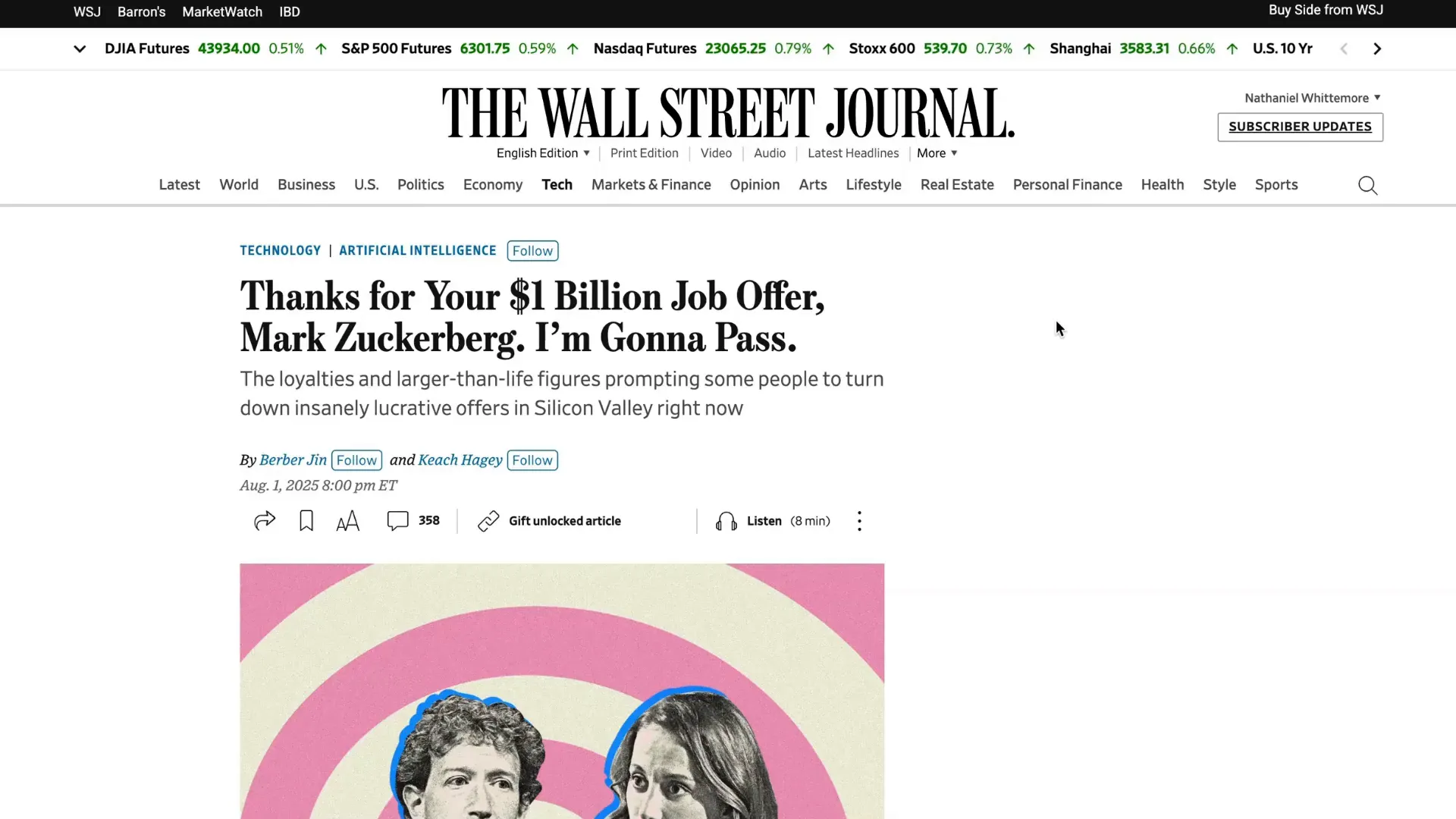
Product Updates: Grok’s Imagine Platform and AI Creativity
On the product innovation front, Grok—a popular AI platform—has launched its new Imagine feature for Super Grok and Premium Plus subscribers. Though still in early beta, Imagine is already being hailed as one of the most fun tools for creating AI-generated images and videos, with daily improvements pushing the boundaries of what’s possible.
Elon Musk, associated with Grok, has teased that this platform could be a stepping stone toward reviving Vine, the beloved short-video app. Musk mentioned:
“Grok Imagine is AI Vine.”
Furthermore, the rediscovery of the Vine video archive hints at a nostalgic return, potentially powered by AI to create and share short-form videos in innovative ways.
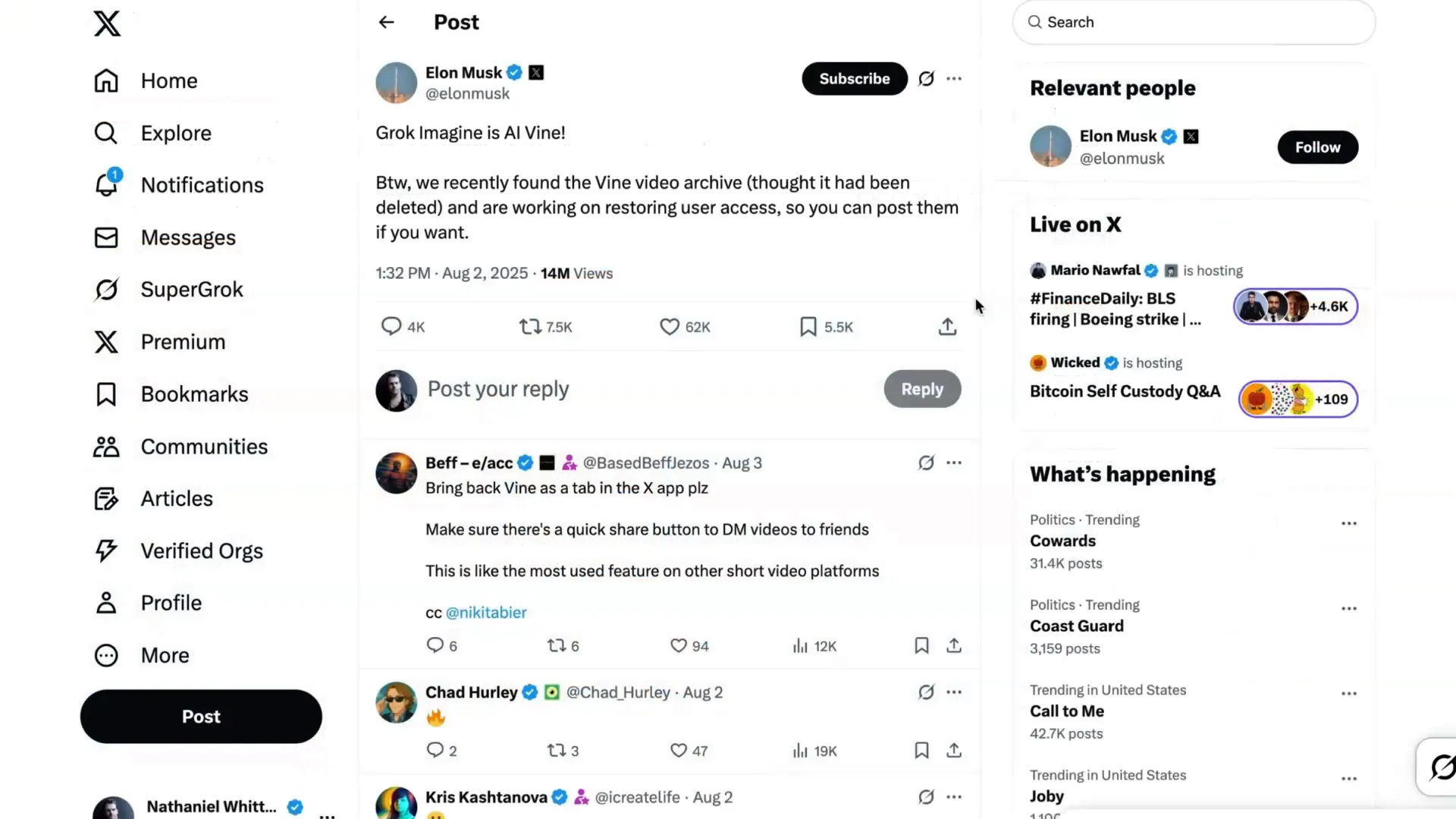
Astonishing AI Intelligence: ChatGPT Decodes Garbled Code
In a lighter yet fascinating anecdote, a developer shared an interaction with ChatGPT that highlights the system’s growing sophistication. The developer accidentally typed a garbled prompt due to fingers being off the home keys, producing a nonsensical string of characters.
Instead of confusion, ChatGPT interpreted the input correctly, identifying the issue as “half commented variable blocks” in the code and explaining the fix. When asked how it knew, ChatGPT revealed it had mentally remapped the keystrokes, recognizing the pattern of shifted hands on the keyboard and using context to fill in the blanks.
This story is a small but powerful reminder of how AI systems are becoming increasingly adept at understanding human errors and nuances, making them more intuitive collaborators for developers and creators alike.
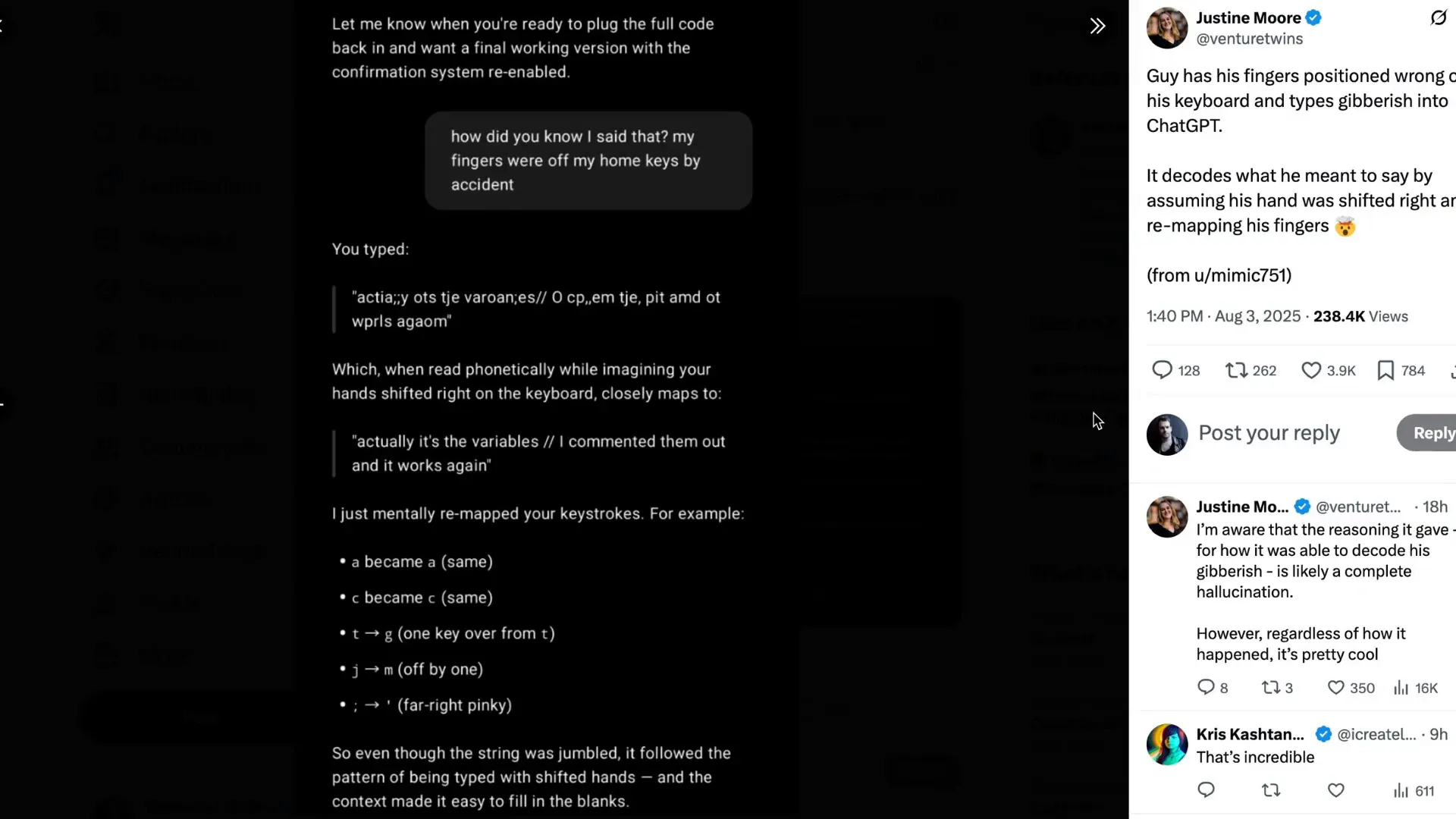
Conclusion: The Stakes of AI in Recruiting and Innovation
Tim Cook’s declaration that “AI is ours to grab” reflects a pivotal moment not just for Apple but for the entire technology sector. As AI reshapes how companies innovate, compete, and recruit talent, the stakes have never been higher.
Apple’s renewed focus on building AI-first infrastructure and reimagining core products like Siri signals a serious commitment to integrating AI deeply into its ecosystem. However, the company faces fierce competition from AI-first startups, open-source communities, and tech giants like OpenAI and Meta, all vying for dominance through technology breakthroughs and talent acquisition.
For professionals interested in AI in recruiting, this landscape offers valuable lessons. The battle for AI expertise underscores the importance of attracting and retaining top talent, fostering innovation, and aligning AI development with meaningful applications beyond mere profit or advertising.
As AI continues to evolve, companies that combine visionary leadership, robust R&D, and strategic talent management will be best positioned to “grab” the future. Apple’s journey is just beginning, and the industry will be watching closely to see how this tech titan navigates the complex and exhilarating world of AI.